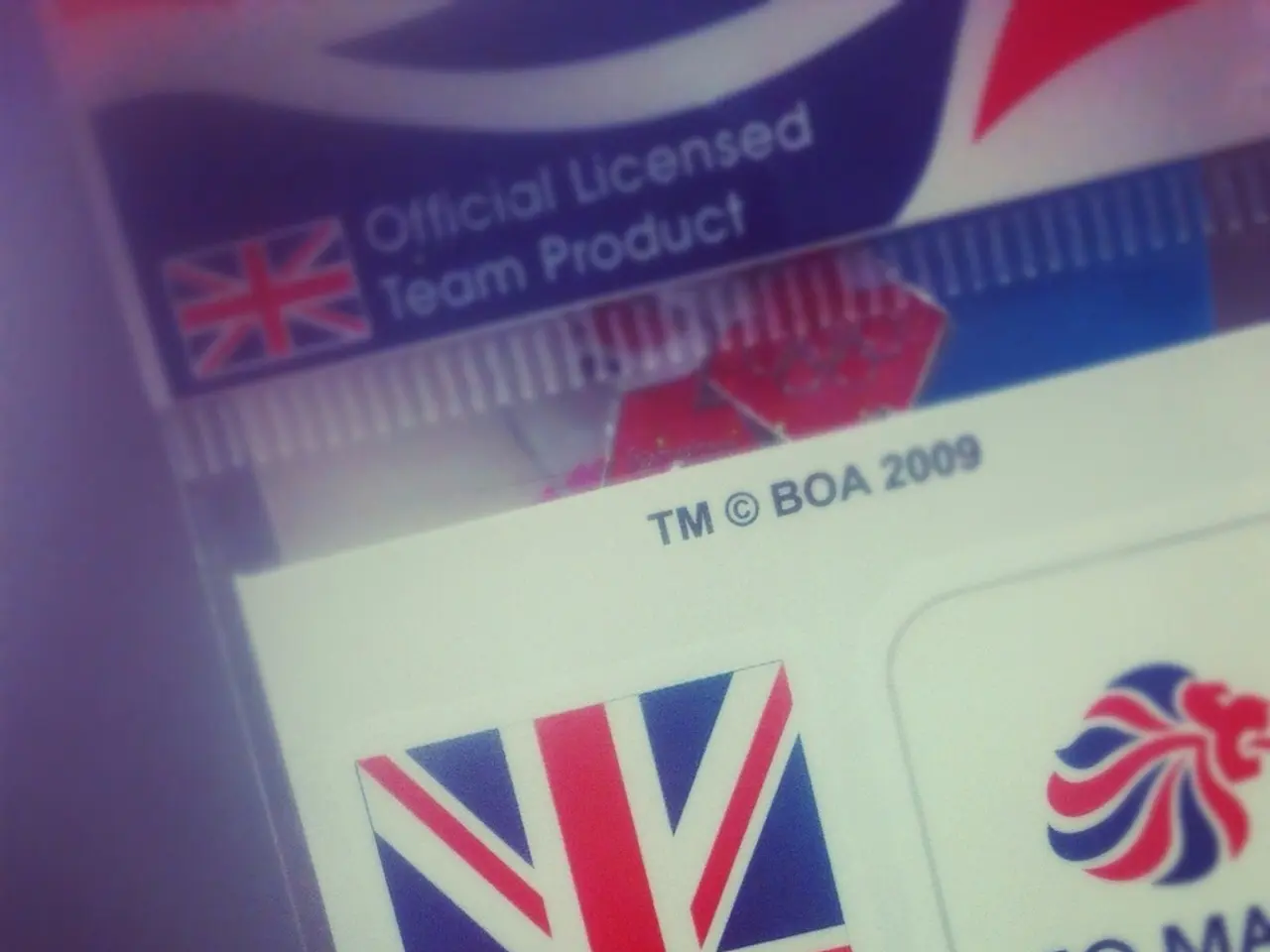License Agreement for Content Usage
In various industries such as photography, programming, video production, authorship, publishing, and modeling, a content license agreement is a crucial tool to safeguard valuable content. Here are key elements that typically form the backbone of such agreements.
Clear Definition of Rights Granted
A clear definition of the rights granted to the licensee is paramount. This includes specifying the rights granted (e.g., reproduction, distribution, adaptation), the scope (exclusive or non-exclusive), and any geographic or media limitations. This clarity prevents unauthorized use or overreach.
Duration and Territory
Defining how long the license lasts and the geographic areas where the content can be used is essential to control the temporal and spatial use of the content.
Compensation and Payment Terms
Detailed compensation and payment terms are necessary to ensure the licensee pays for the use of the content, whether through royalties, lump sums, or other methods, along with payment schedules and conditions.
Confidentiality / Non-Disclosure Clause
Protecting sensitive content or trade secrets is important. A confidentiality clause specifies what information is confidential and how the licensee must handle it, preventing unauthorized sharing or use.
Non-Compete Clause
A non-compete clause prevents the licensee from using the content to compete directly with the licensor or create competing products/services.
Termination Conditions
Grounds for termination, procedures for ending the agreement, and consequences such as ceasing content use and indemnities are crucial elements of a content license agreement.
Intellectual Property Ownership
The original creator retains ownership of the content unless otherwise agreed, and the license grants no transfer or assignment rights by default.
Usage Limitations and Restrictions
Specifics on how content can be used, such as prohibiting modification without permission or restricting usage to certain platforms or contexts, are important to include.
Dispute Resolution
Mechanisms such as mediation, arbitration, or jurisdiction clauses for resolving conflicts and avoiding public litigation are beneficial.
Security and Compliance (for software or data-related content)
For software or data-related content, defining security obligations to protect data or software integrity, including compliance with regulations where necessary, is essential.
Modification and Derivative Works
Addressing whether the licensee can modify, adapt, or create derivative works and under what conditions is also important.
These elements create a comprehensive framework that protects the licensor’s rights, ensures fair compensation, and limits misuse of valuable content across diverse creative and technical industries. Tailoring these clauses to the specific industry and type of content is important, for instance, incorporating data security terms for software licensing or image use restrictions for photography. Consulting with a legal expert in intellectual property and licensing is recommended to ensure enforceability and adequacy of protections.
Upon termination, the licensee must cease using the licensed content and pay all sums accrued. The content license agreement form is written by an individual for the protection of content. Tech startups may need to draft agreements for various purposes, including Bylaws, Terms and Conditions, and Software License Agreements.
Either party can terminate the agreement at any time for any reason. The licensor retains all ownership rights in the content and the licensee must credit the licensed content to the licensor. The English version of the agreement prevails over all translations.
The website [website name] provides a free template for a Software License Agreement. The website offers a platform for users to leave reviews and engage in discussions about various agreements and generators. Termly's free Terms and Conditions generator includes liability protections such as disclaimer of warranty, limitation of liability, and indemnity.
Parties can only rely on what's written in the agreement - there are no other binding understandings, discussions, or representations. The licensee indemnifies the licensor from damages arising out of any inappropriate or unauthorized use made by the licensee of the licensed content. The licensor can audit the licensee's books to verify the amount of royalties due.
A Software License Agreement is a standard document used to protect the licensor and its program, and can be easily adjusted for SaaS, mobile apps, and other forms of licensed code. The Terms and Conditions generated by Termly appear professionally-written.
The following platforms have terms of service agreements: Facebook, Messenger, Twitter, Pinterest, LinkedIn, Whatsapp, and Email. Disputes are to be resolved by documents-only arbitration instead of going to court.
Bylaws (Operating Agreement, Shareholders' Agreement) are essential documents for tech startups, serving as their company's Constitution and outlining basic rights, obligations, ownership percentages, voting, and compensation. Users can review and rate various agreements and generators on the website.
The form can be used by various professionals such as photographers, programmers, video production companies, authors, publishers, and models. The free preview of Termly's generator can be viewed without filling in fields or providing an email, but copy-pasting is not allowed until an account is created.
In the realm of technology-oriented businesses, a clear definition of granted rights, duration and territory, compensation and payment terms, confidentiality clauses, non-compete clauses, termination conditions, and intellectual property ownership are vital elements in a content license agreement. Furthermore, software or data-related content may require additional clauses outlining security obligations, modification and derivative works conditions, and compliance with regulations.







